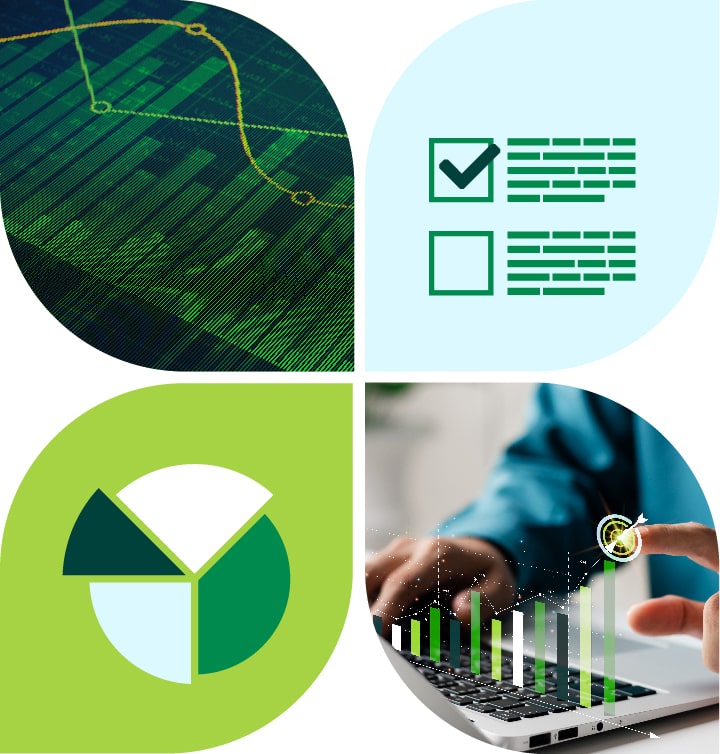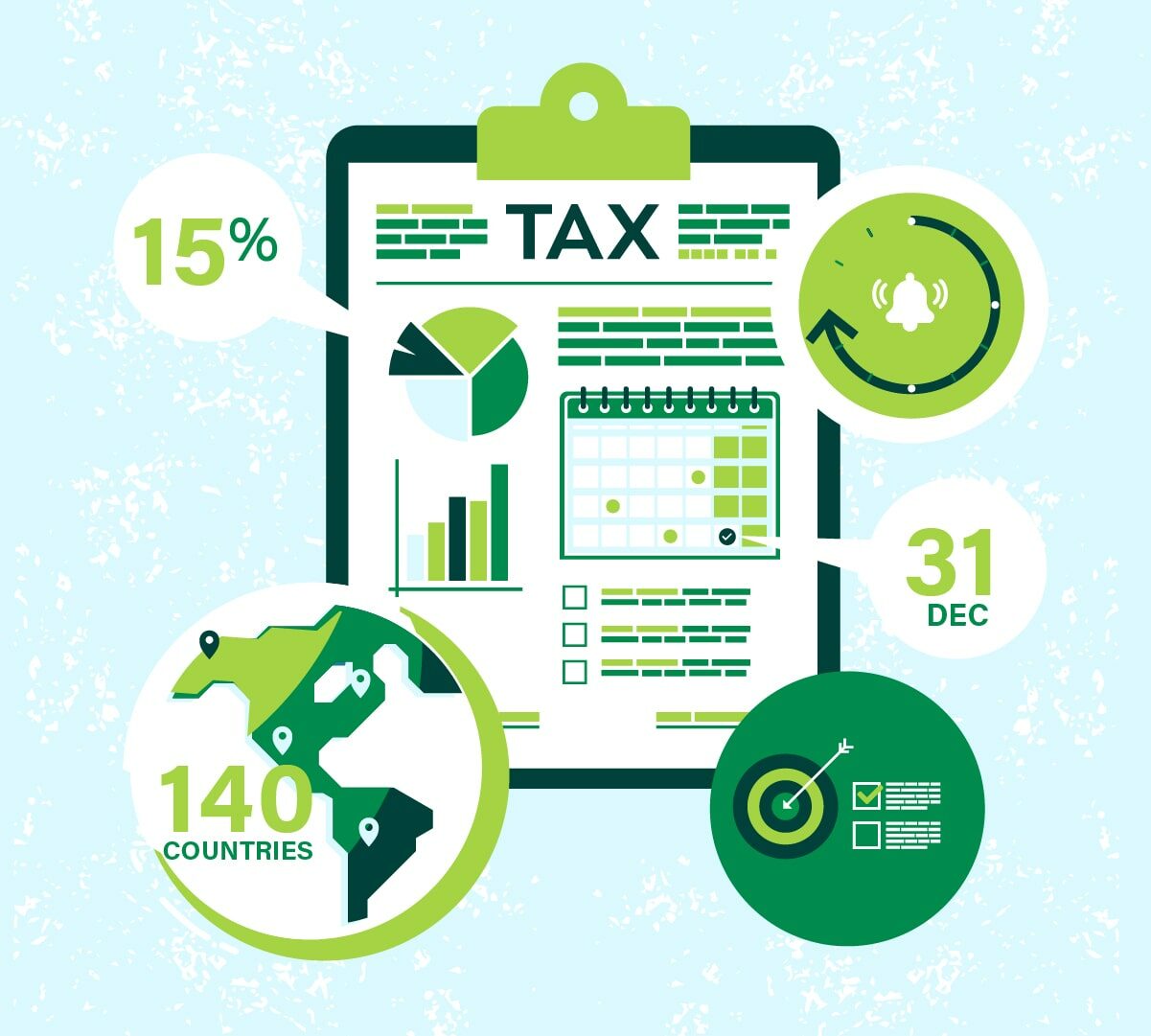Companies preparing for change

The Pillar Two Model Rules, agreed by nearly 140 countries in 2021 (though the US was a notable exception), will introduce highly complex tax reforms for companies with at least €750 million in annual revenues. Around 8,000 companies are likely to be in scope.
Pillar Two is designed to reduce the risk of tax base erosion and profit shifting and to ensure MNEs pay a minimum level of tax in each jurisdiction where they operate. The timeline of implementation varies, but the EU is a frontrunner – the bloc has demanded member states implement the corresponding directive by December 31 2023.
With the clock ticking, companies are busy preparing for the widescale changes. And if they’re not, they should be.
Managing the process in-house

The global head of tax at an MNE based in Germany says he already started modelling for Pillar Two last year. He explains that companies must source huge amounts of internal data required for their returns – and can only do this themselves. It’s why he is managing the process in-house rather than using outside support from advisers. His department has access to a company-wide service centre with thousands of IT specialists, and he has reshuffled some tax team members to focus on Pillar Two.
This need to restructure chimes with what one tax consultant at an advisory firm, also based in Germany, has seen recently. He says many companies don’t have the budget to hire new staff for Pillar Two compliance, especially because it’s not the only international tax development that needs resources. Even when clients do have budget, they struggle to find the right people in what is a saturated market. “There is no capacity available,” he says.
Data dive

MNEs in scope of Pillar Two must identify which data they need and where they can find it in their enterprise resource planning (ERP) systems, as well as where they must create new accounts and find any workarounds. Tax professionals must collaborate with their colleagues in accounting when any new accounts are required, so advanced notice and internal discussion is necessary.
The biggest challenge, the head of tax says, arises when there is no existing account from which data can be extracted, especially for the recapture rule for deferred tax liabilities. This rule “requires a deferred tax liability to be reversed to the extent it is not paid within five years”, the OECD says. The problem is, some companies have millions of assets and would have to perform the required analysis for each one. What’s more, they can’t be found in existing ERPs.
“The OECD understood what it created will not work and is not doable … The rules are impossible to be compliant with [here]. There is no solution,” the head of tax explains, adding that the response of tax authorities will determine whether companies face litigation around alleged non-compliance further down the line.
While most in-scope MNEs should be preparing for pillar two, there is clearly still a lot of work to do.




